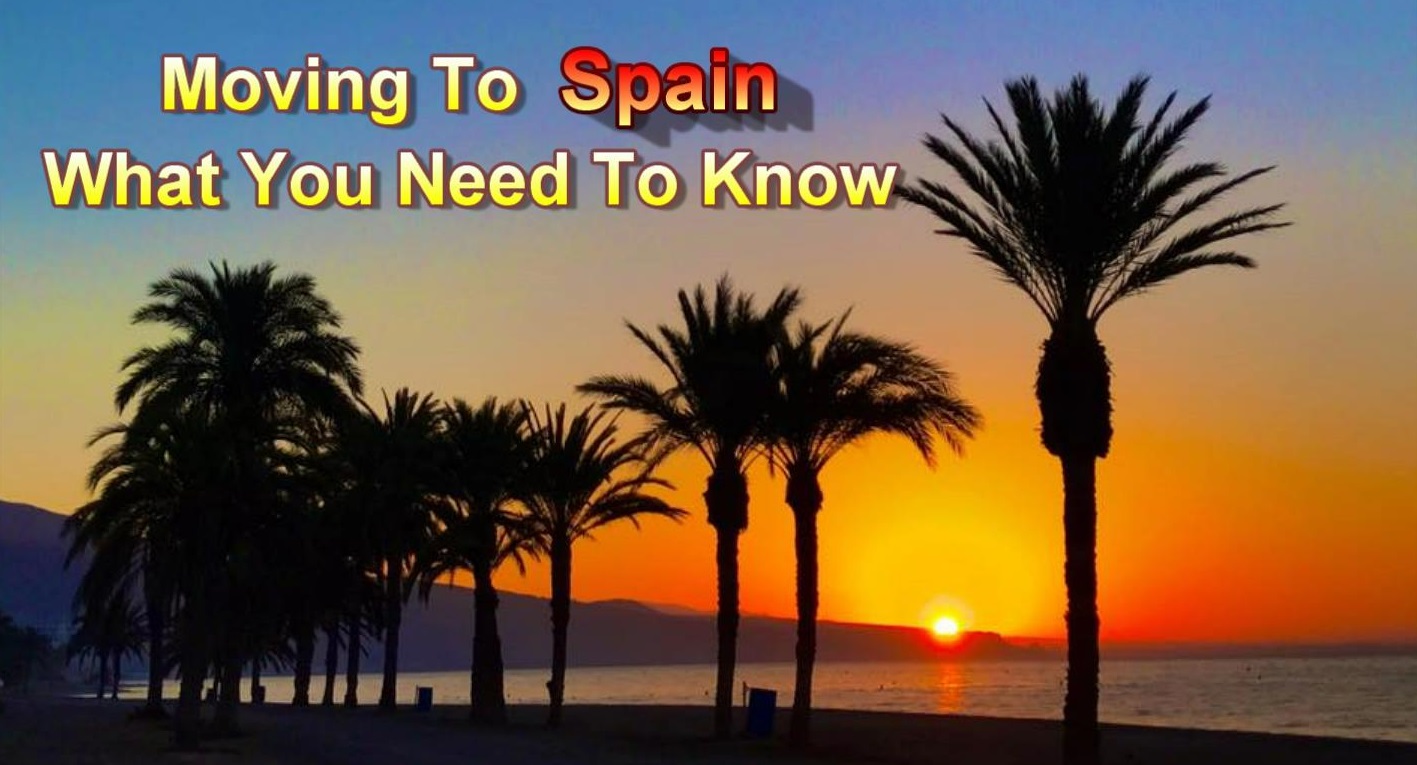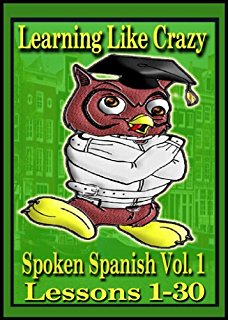 |
 |
Spanish
education
The
standards in Spanish education have greatly improved in the last 20
years
through increases in spending and educational reforms. However, the
latest
OECD/PISA survey (2012) of educational standards of 15 year olds across
65
countries and economies showed that Spain’s performance in mathematics,
reading
and science was still just below the OECD average. Spain is currently
ranked 33
out of 65. According to PISA, the standards could be raised if schools
were
allowed more autonomy and by increasing teacher morale. Others feel
that the
government should take back more control. Currently the Ministry of
Education,
Culture and Sport (Ministerio
de
Educación, Cultura y Deporte or MECD) has overall
responsibility for education in Spain but the 17 autonomous regions
make most
of the decisions regarding their own education systems.
Religious
education is offered in state schools but it’s optional. Schools are
usually
co-educational, and wherever possible, children with special needs are
integrated into mainstream school. It is legal, although not popular,
to home
school children in Spain.
Choosing
a school in Spain
Entrance
to state schools is generally allocated according to your catchment
area (for
both primary and secondary education), so this may influence your
decision on
where to live. Some state schools in certain areas of Spain will teach
in the
dialect of the given region, instead of Spanish. So, in Catalonia,
Galicia,
Valencia or the Basque country, subjects may be taught in respectively
Catalan,
Gallego, Valencian or Basque. This is not always the case but is
something to
investigate, as it will mean your child will be taught in the regional
dialect
before learning Spanish. That said, most children master both the local
dialect
and Castellano (Spanish)
as part of their general schooling.
Schools
vary considerably in size and sophistication but often provide a
strikingly
caring and kind environment for small children. Schools in areas with
concentrated foreign populations may lag behind the general standards,
as
students don't speak Spanish as a first language and it can hold back
the
academic progess of the classes. You may want to find a satisfactory
school for
your children before choosing a property, otherwise your child might
not be
eligible to go to your preferred school.
Local
and international schools
in Spain
Most students in Spain attend local schools, which are free. However, foreign families may consider an international school to ease their child's transition by continuing education in a familiar language and curriculum. Your child's age and length of time in Spain are just some factors to consider. For more information on how to choose a school in Spain, see Expatica's guide to Spanish schools: local, private, bilingual and international schools.
How To Learn Spanish FAST
Compulsory
education in Spain
Based
upon the Ley
Orgánica de Educación or Fundamental Law of Education,
education is compulsory for all children and young people who are
resident in
Spain between the ages of six to 16 years, with primary education (primaria)
lasting six years followed by four years of compulsory secondary
education (Educación
Secundaria Obligatoria or ESO), at the
end of which
a Certificate of Education is received. All students receive basic
vocational
training at secondary level.
Education
authorities have an obligation to help foreign students integrate and
must
provide specific programmes to do this.
State
education is free of charge in Spain from preschool to 18 years,
although in
some regions parents may be asked to pay for books, other materials and
extra-curricular
activities. Financial help may be available in some cases – check with
your own autonomous region.
For
more information about different types of school in Spain, see
Expatica's guide
on how to choose a school in Spain.
School
holidays in Spain
The
school year will vary from one region to another and will also be
affected by
what a child is studying, their level and their particular school. In
Spain the
school year generally starts in mid-September and runs through to
mid-June.
There are three terms of roughly 11 weeks.
Spain
has among the longest school holidays of anywhere in Europe. Half terms
do not
really exist, though compensation is in the numerous local festival
days and
non-teaching days that give children and teachers more breaks in the
school
year.
There
are usually two weeks of holiday over Christmas, two weeks over Easter
and a
long summer holiday of around 10–11 weeks. Children moving up from
primary to
secondary school will sometimes get an extra week or two of summer
holiday,
which may even include an end-of-school trip abroad.
Check
with the website
of your autonomous community or
school for exact dates. Schools are also closed on public holidays and
local
religious holidays. For information about public holidays, see
Expatica's guide
to public
holidays in Spain.
The
school week in Spain
The
daily timetable varies depending on the school and region. Generally,
most
children go to primary schools from 9am to noon, with a long lunch
break of up
to three hours before going back to school from 3pm to 5pm. Both
private
and state primary schools normally look after a child from the
beginning to the
end of the school day (9am–5pm). School lunch may be available,
although some
children bring a packed lunch or children return home. Lunch is
considered the
main meal of the Spanish day, and if your children eat the school lunch
they
will be encouraged to eat the substantial meal alongside other children.
In
cities, the school day can end at 2pm, with only a short lunch break or
no
break at all. Some schools may also opt to open half days in September
and
June. Schools in large cities may have school activities before and
after
school.
Secondary
school hours tend to be longer, with some schools starting around
8–8.30am and
finishing around 5.30pm. In some cases, secondary schools might not
provide
supervision during the lunch break, and your child will either need to
return
home, or you will need to collect them. Older pupils can expect
homework most
nights.
Homework
also plays a big role in children's education in Spain. Studies show
one in
five children in Spain spend two-and-a-half hours per day on homework,
which
led parents to threaten a 'homework strike' in 2016
against schools that
set weekend homework. This exceeds guidelines in Madrid, however, which
advise
that five year olds (year one) should receive 10 minutes of homework
per day,
increased by 10 minutes each year thereafter.
Nursery/preschool
in Spain (educación infantil)
The
first six years of
education in Spain is known as educación
infantil or
infant education. It is divided into two
stages.
The
first stage is
nursery school (guarderia),
which takes children from around three months up to three years old,
but it is
not covered by the state. Guardería may
be private or state-run but both charge fees (if you’re a
working mother you may be eligible for help with these).
The
second stage is
preschool (escuela
infantil)
which take children from three to six years old. Preschools are
often attached to state primary schools and are free. Most children
attend the
three years of preschool education and develop their physical and
mental
skills. From the age of four they learn to read and write and by the
time they
complete their Educación
Infantil they
will know the alphabet. Emphasis is placed on learning
about various aspects of different cultures, the environment and road
awareness
skills
Nurseries
and preschools
are an excellent and easy way to introduce foreign children to the
Spanish
language and culture.
Spanish
primary school (educación/escuela primaria)
Primary
schools are
known as escuelas or colegios (although
the latter term is sometimes
used to refer to semi-private and private schools). It is compulsory
for
children to attend primary school in the calendar year in which they
turn six,
and usually lasts until age 12. There are three, two-year stages or
cycles,
making a total of six academic years:
·
Primer
ciclo –
age 6–8 years
·
Segundo
ciclo –
8–10 years
·
Tercer
ciclo –
10–12 years
Children study Spanish language and literature (and the language and
literature
of the autonomous region if applicable), mathematics, natural and
social
science (such as history, geography and biology), arts, a foreign
language (and
sometimes a second foreign language in the tercer
ciclo)
and physical education. All pupils have daily
reading time. In the third cycle, they study Educación
para la
Ciudadanía,
which is moral/social
studies. You can chose whether or not you want your child to take
religious (Catholic)
education lessons when you join the school.
There
is no streaming in
Spanish primary education; classes are all mixed ability, and parents
can see
teachers if they need to discuss their child's progress and problems.
Homework
can be given from the first year onwards, and examinations can start
from
around the third year of primary school.
Children
are regularly
assessed and graded. Grades are:
·
insufficient (IN)
– insufficient
·
suficiente (SU)
– sufficient
·
bien (BI) –
good
·
notable (NT)
– very good
·
sobresaliente (SB)
– outstanding
If pupils have not attained a satisfactory level of education at the
end of the
first or third cycles they may have to repeat a year before moving onto
the
next stage. It is common for pupils to attend classes during the school
holidays to catch up.
Spanish
compulsory secondary education (Educación Secundaria Obligatoria)
After
primary, students
go onto compulsory secondary education or Educación
Secundaria
Obligatoria (ESO)
between the
ages of 12 and 16 years old, at an Instituto
de Educación Secundaria, Colegio
Privado or Colegio
Concertado.
The
secondary school
system in Spain has seen major changes in the past decade. It has moved
away
from the traditional rote-learning model and is now more akin to the
British
comprehensive system. The ethos is now more geared towards project work
and
continuous assessment than the old-style fact learning. Spanish schools
have a
relaxed atmosphere with less discipline than British schools, for
example, and
the family is expected to help the child with their studies.
Secondary
education is
divided into two cycles: from 12 to 14 years and from 14 to 16. In both
cycles,
there are core compulsory subjects and optional subjects. The core
curriculum
is usually Spanish language and literature (and the language and
literature of the
autonomous region if applicable), mathematics, geography, history, a
foreign
language and physical education. Optional subjects include music,
technology, a
second foreign language and social/moral studies. At the end of the two
years,
the curriculum has similar core subjects and students have to choose
some
optional courses which include: natural and social sciences, music,
technology,
plastic and visual arts. Religious education is optional.
Students
are assessed
regularly and may have to repeat a year if they don’t reach the
expected level
of attainment. Secondary students cannot repeat a year more than twice.
If
students complete the
four years and passes (aprobado)
the expected standards
they will be awarded a Graduate of Secondary Education Certificate
or Graduado
en Educación
Secundaria.
They can then move
onto the next level of higher secondary education to do their bachillerato,
which will allow them to apply to a
university. Less academic students may be awarded a school certificate (certificado
de
escolaridad / escolarización).
Compulsory
education
ends at the end of ESO. At 16, students can choose to study for
the bachillerato,
undertake intermediate vocational training (formación
profesional,
or Ciclos
Formativos),
which will be geared towards a specific job,
or leave education completely. Some students combine lessons in school
with
workplace training in order to earn a Certificado
de Técnico which
can lead to a job, further training
or onto Bachillerato studies.
Spanish
upper secondary education
Although
not compulsory,
students can continue their education by studying for university
entrance or
entering vocational studies.
Bachillerato
At 16, students who wish to continue their education can study for a
further
two years to earn the Bachillerato certificate.
It is roughly equivalent to UK ‘A’ Levels. This is the certificate
needed to go
to university although students will also have to sit an entrance exam (Prueba
de Acceso a la
Universidad or
the ‘Selectividad’).
All
students take a number
of core subjects including Spanish, a foreign language and history but
they
also have to specialise in one area: natural and health sciences,
sciences and
engineering, social sciences, the humanities or the arts. Some nine
subjects
are studied with the yearly exam results of each subject aggregated to
provide
an overall mark up to 10.
A
pass at Bachillerato will
allow a student to take university
entrance examinations (Selectivo).
To
undertake the
state-supervised Selectivo,
the student will take 7–8 examinations over three days that mimic
their Bachillerato examinations.
Then they will be provided
with an aggregate score up to 10 (like the Bachillerato system).
This will be combined with
their Bachillerato score
to provide the overall university grade – although the Bachillerato exam
results will account for 60 percent
of their final aggregate mark and their Selectivo 40
percent. The final grade will define what they can study
at university.
Ciclos
Formativos
The vocational courses provided by the institutos are
intended to provide practical training for a working
skill such as plumbing, electrical work, hairdressing etc. The
vocational
courses last four years and result in qualifications universally
recognised
across Spain. There are two parts to the Ciclos
Formativos:
·
Grado
Medio –
this lasts two years and provides a basic level of training.
·
Grado
Superior –
this lasts a further two years and can only be started
when a student is 18 years old. If a student passes his Grado
Superior he
obtains access to the university
system. Grado
Superior is
open also to direct entry from students who have passed
their Bachillerato.
State
universities and polytechnic universities
Those
who have passed
the Bachillerato with
acceptable marks and who want to go on to university take an entrance
exam in
June. There are state universities throughout Spain that provide
‘degrees’ (diplomaturas)
and professional qualifications (licenciaturas)
and post degree education.
If this has been helpful to you, Help us with running costs of this site and keep all this info free, you can leave a tip here..


